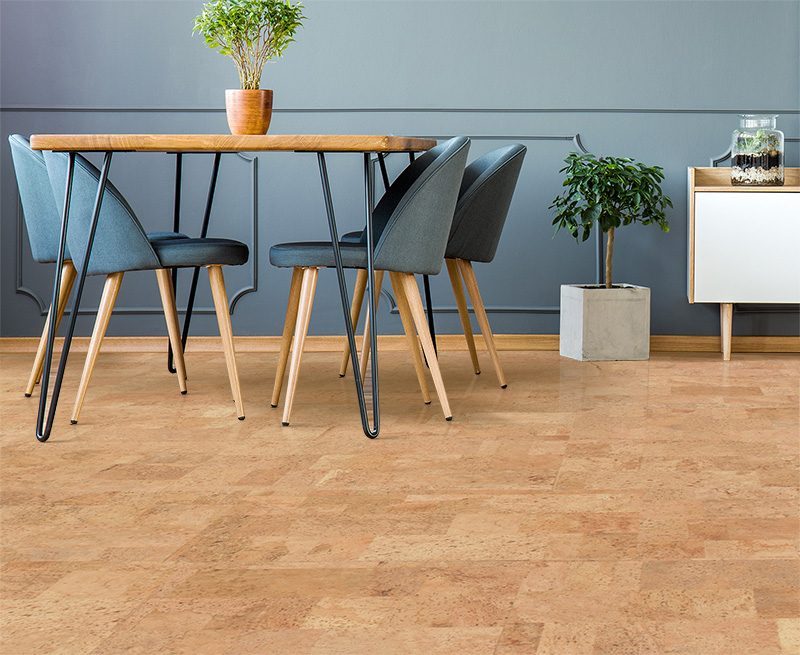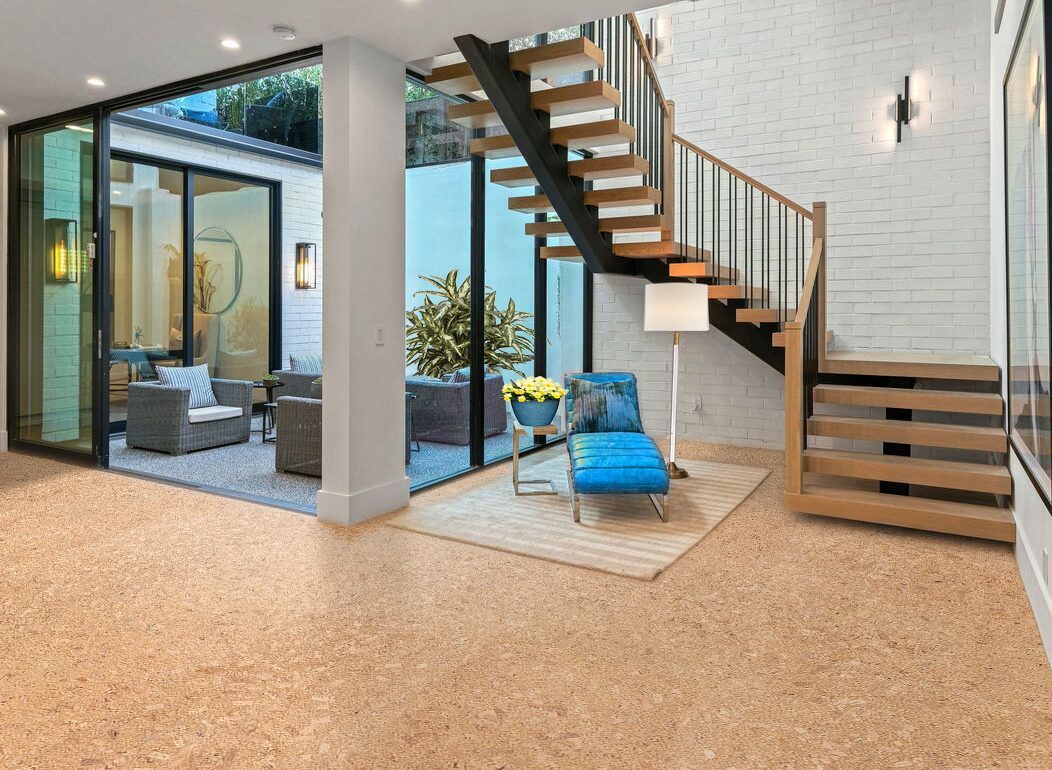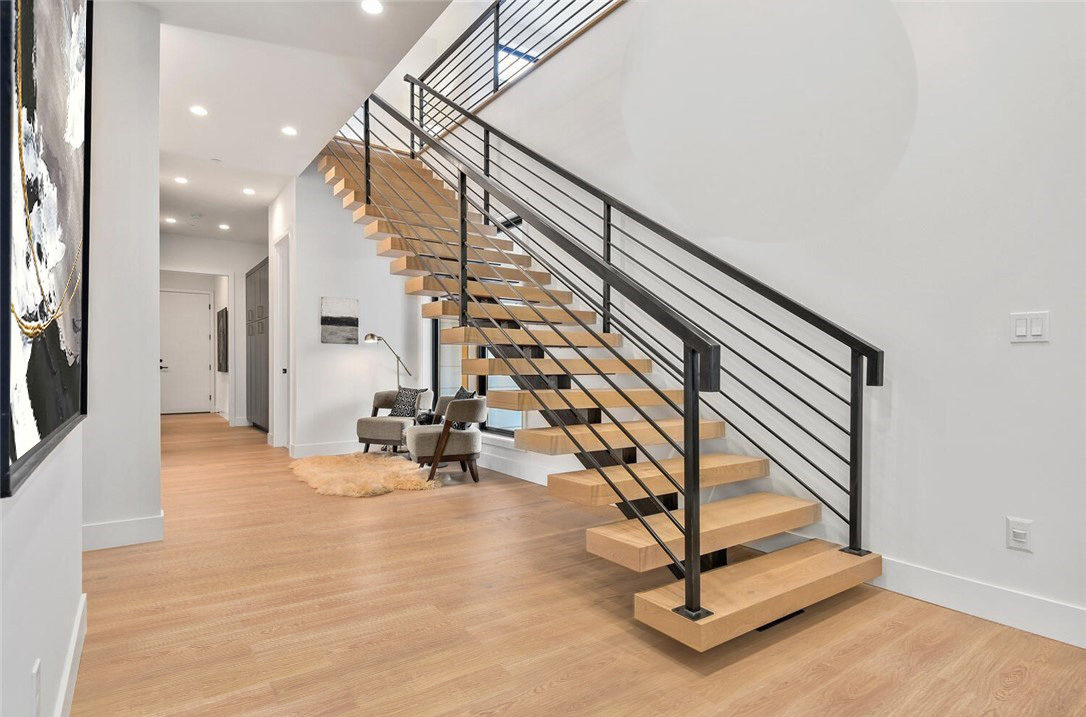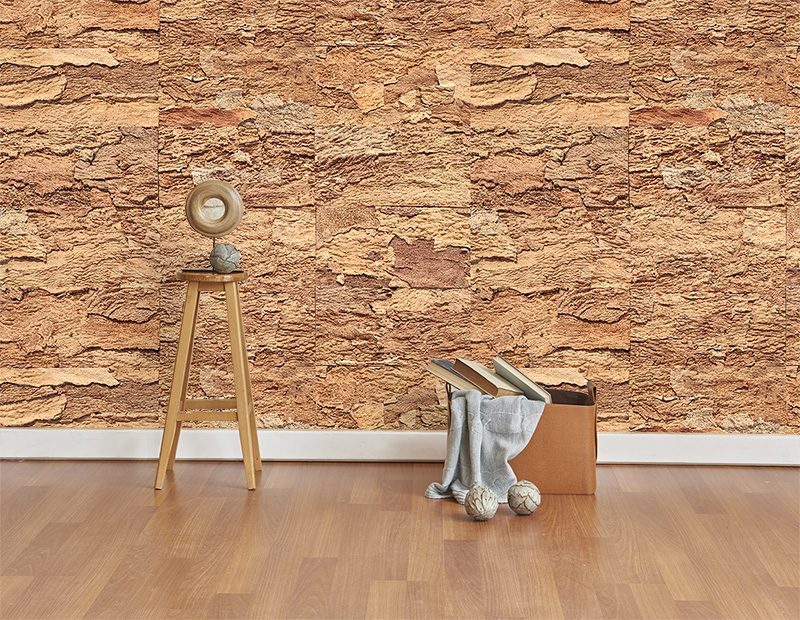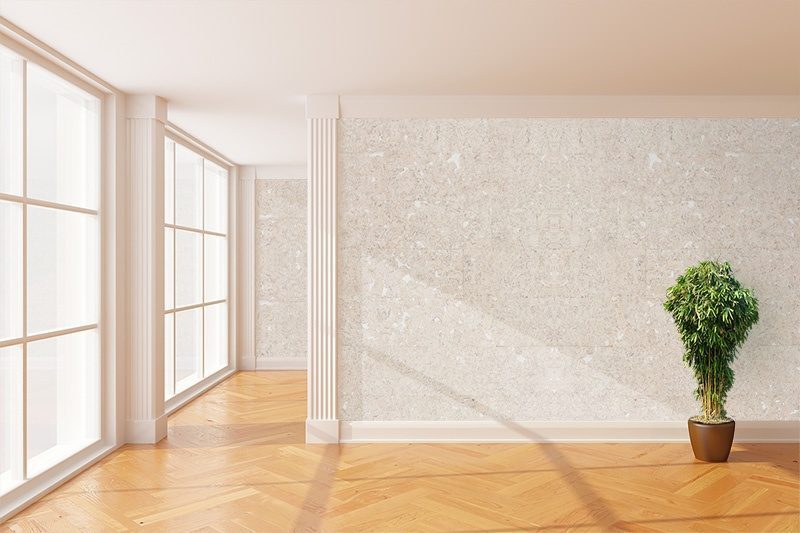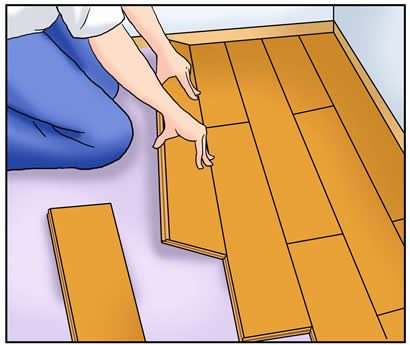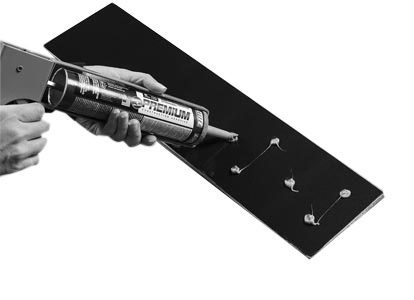Cork, The Natural Soundproofing Material for Floor And Walls
Noise. Good noise. Bad noise. It all comes down to volume, and unfortunately is one of those things that causes annoying disruptions. This noise can come from the inside or the outside of your home. If you are dealing with too much noise, especially during the night, that will seriously interrupt sleep cycles. Too many sleepless nights because of this will become an overall drain and can impact work performance. To help minimize Soundproofing this negative influence, you should look into ways to reduce its effects and improve the comfort level of your home.
Soundproofing is possible, even in finished homes. Acoustic insulation is a great option to turn to, however it will require some work. In the end though, it will be well worth the effort. One material that has become a popular and favored option is cork. Yes Cork.
Why? Well first of all, cork’s ability to sound insulate is all natural, found in the very cellular structure of cork itself. Like memory foam, cork can compress and release and gain its initial shape. This structure provides the barrier that can block and disperse sound waves.
- 12mm of cork underlayment can reduce sound by up to 48 decibels
- 6mm of cork sheeting can reduce sound by up to 23 decibels
- 3mm of cork sheeting can reduce sound by up to 13 decibels
- IIC 10 mm cork floating flooring – 16 dB
- IIC 12 mm cork floating flooring – 19 dB
- IIC 10.8 mm fusion cork floating – 18 dB
- IIC 6mm cork tiles – 17 dB
- IIC 8 mm cork tiles – 22 dB
For understanding dB about other building material:
- Building has 12” concrete suspended slab (45 dB)
- Building has 8” concrete suspended slab (38 dB)
- Building has 6” concrete suspended slab (27 dB)
- Ceilings finished using “X” type 5/8” drywall (5 dB)
- Floor coverings chosen = 5/8” engineered hardwood (0 dB)
- Drop-down-suspended ceiling (14 dB)
- The foam only offers 3-5 d
- The engineered hardwood will have the identical ratings as the “wood” floor covering. Wood floors rank as “0” dB for acoustics…which makes it pretty easy to interpret.
- Compare that to laminate = 0 dB; or hardwood = 0 dB; or ceramic = 0 dB.
- If you have a wood-frame building, the floor/ceiling will only offer 25 dB worth of insulation.

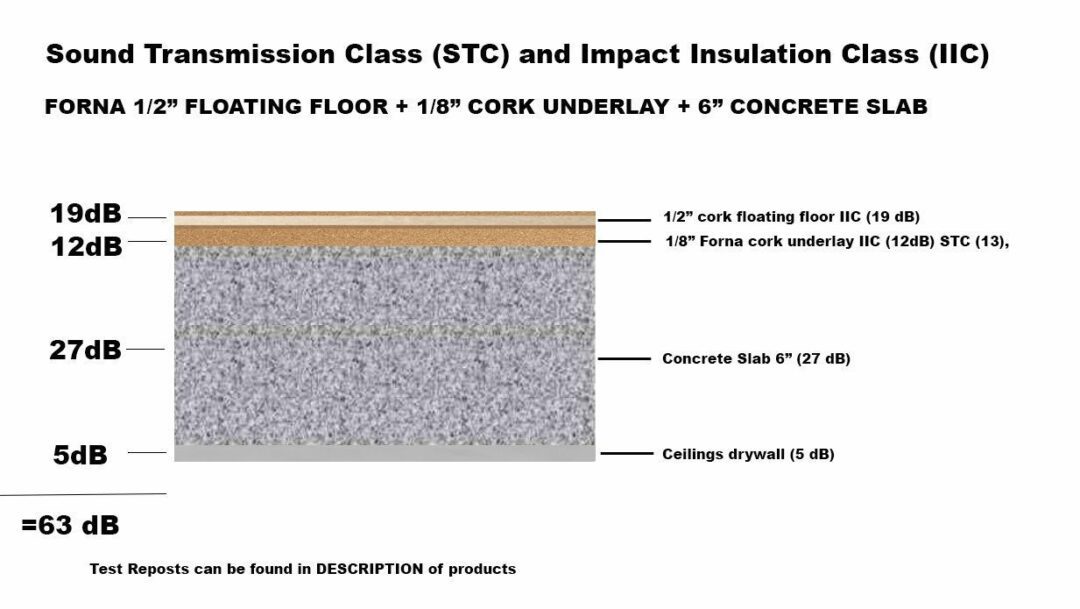
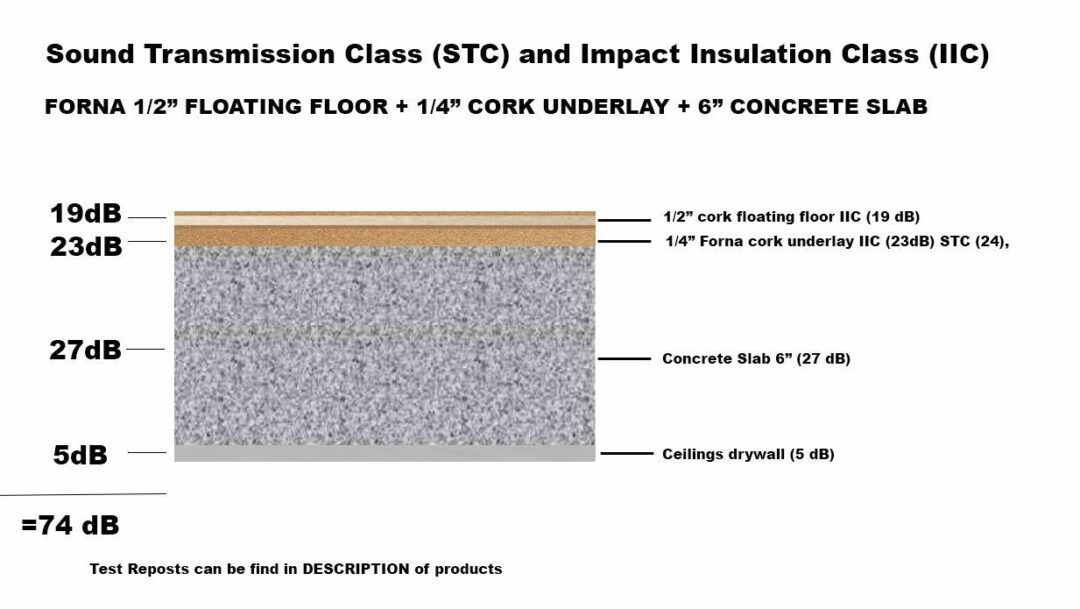
Cork tiles can be installed on the floors and on the walls of your home so you can get rid of the noise from outside sources.
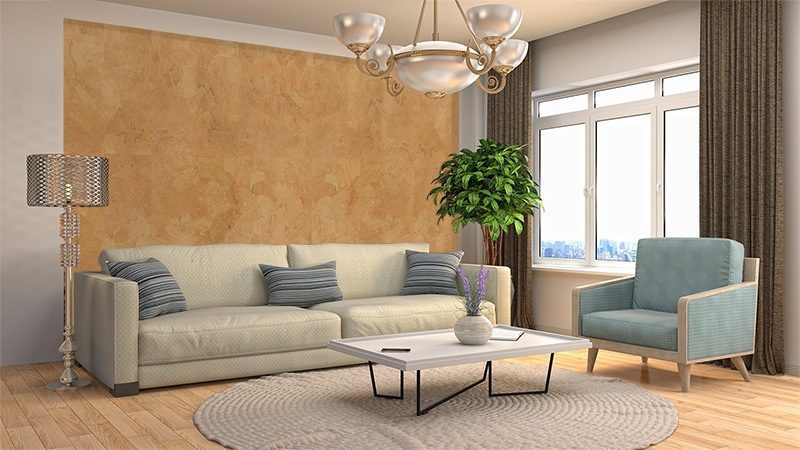
Also keep in mind that noise can be generated from inside the house as well. If a member of your family likes to boom their favorite music of course it can be a little overwhelming. Acoustic insulation in the inside walls can isolate and keep the noise separate from the rest of the house at all times too. Cork underlay therefore is a great option to look into for floors and walls.
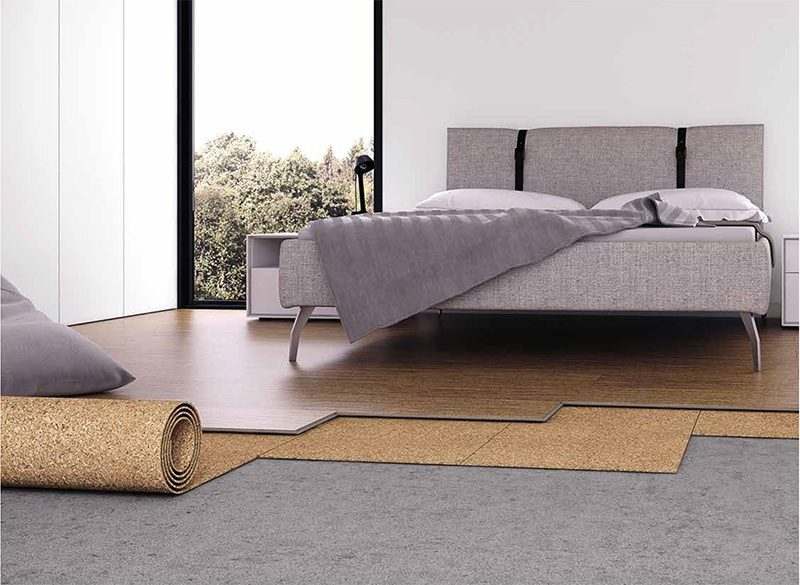
Cork comes in flooring, walling and underlay, so you have the choice of where and how to install it for the best results. Did you know there are quite a few other cork flooring benefits you will enjoy as well. Take a moment and learn more.
The comfort you will enjoy in your home is going to be significantly improved because of cork. Among some of the cork flooring benefits you can make the most of is; thermal insulation—cork will inhibit the transfer of heat from room to room allowing for ambient temperatures to hold for long periods—, cork has a softer walking surface that will provide support for your feet and body.
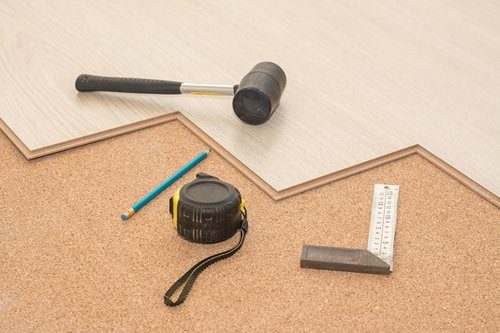
If you want to make your home more comfortable or even transform it into an oasis of relaxation, cork is one of the best materials you can turn to, to get the job done. Visit us at cancork.com to learn more about cork flooring and the benefits it will bring to your home. Here you will find all the things you need to know about our cork products, how to install our floors and wall tiles, and which are the best options you can use to reduce the noise in your home.
